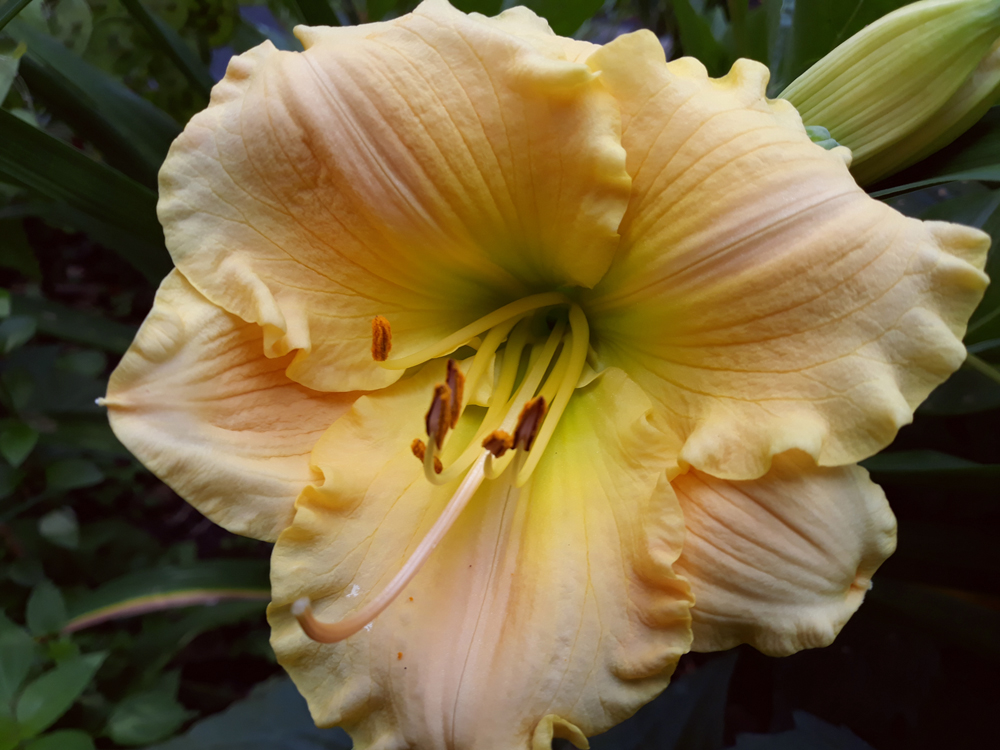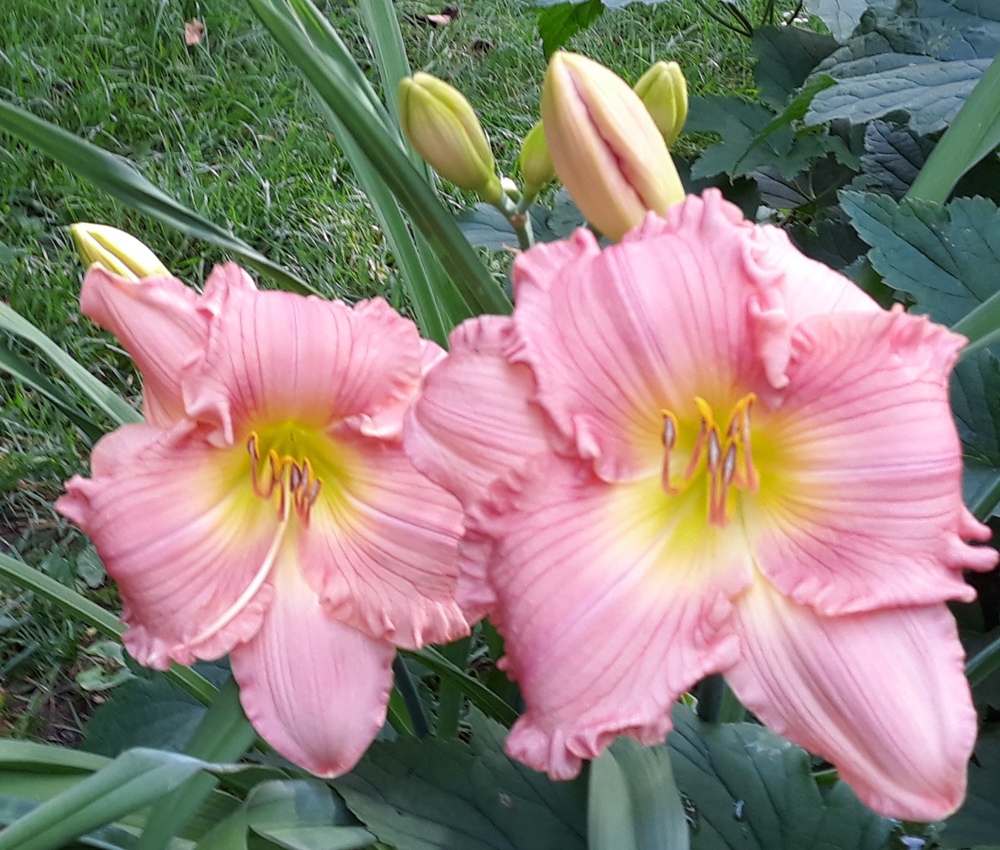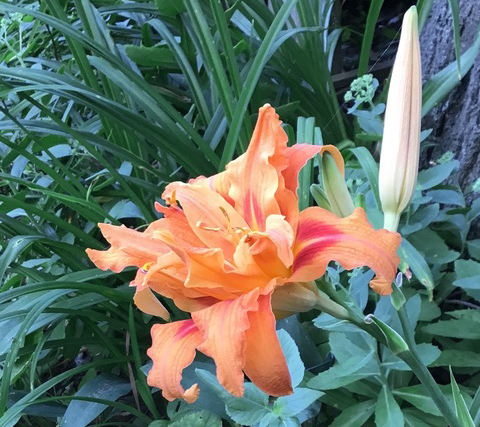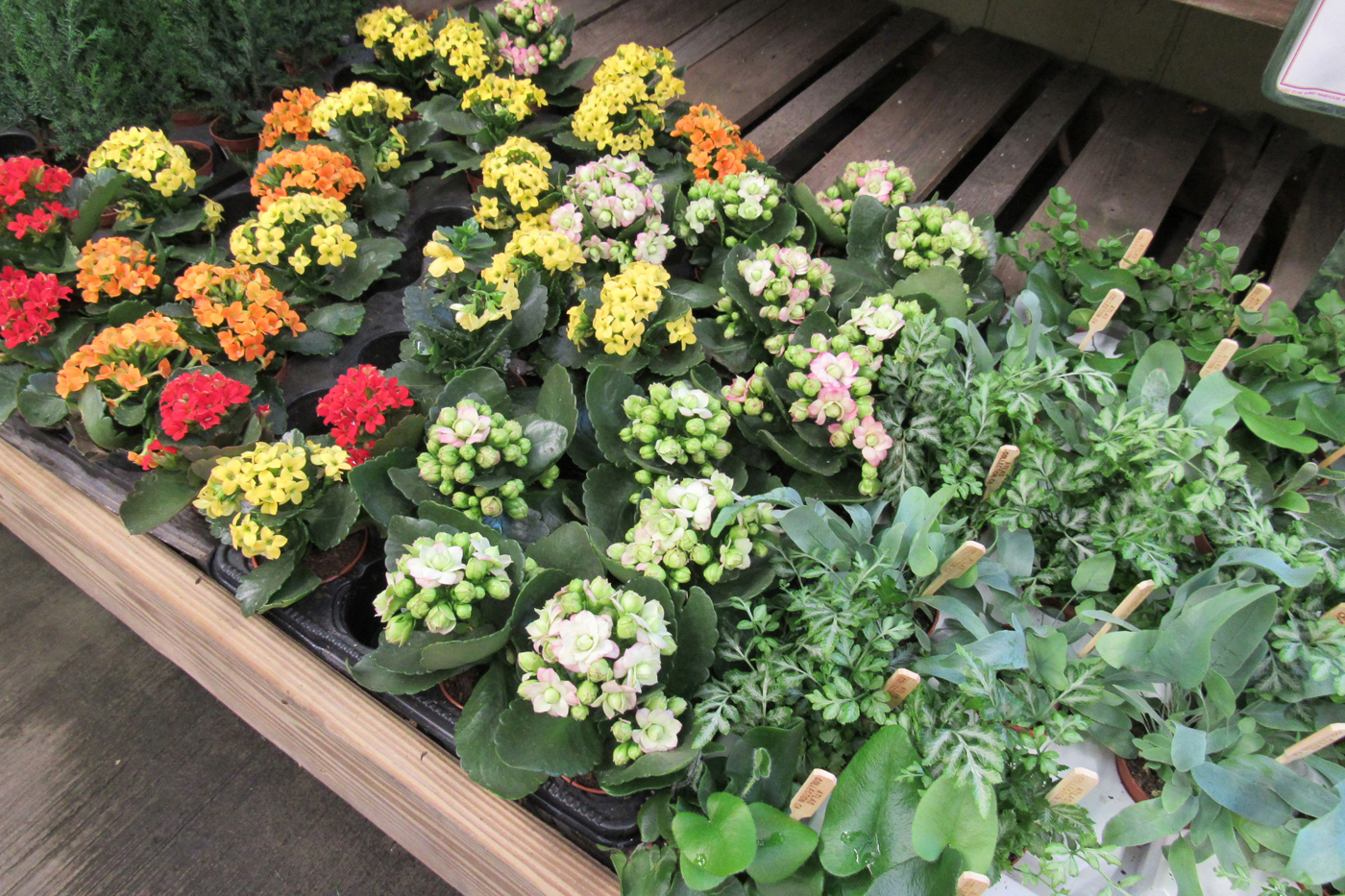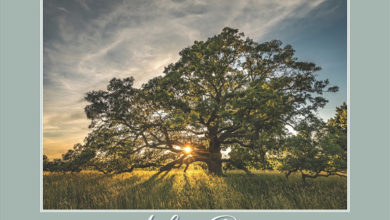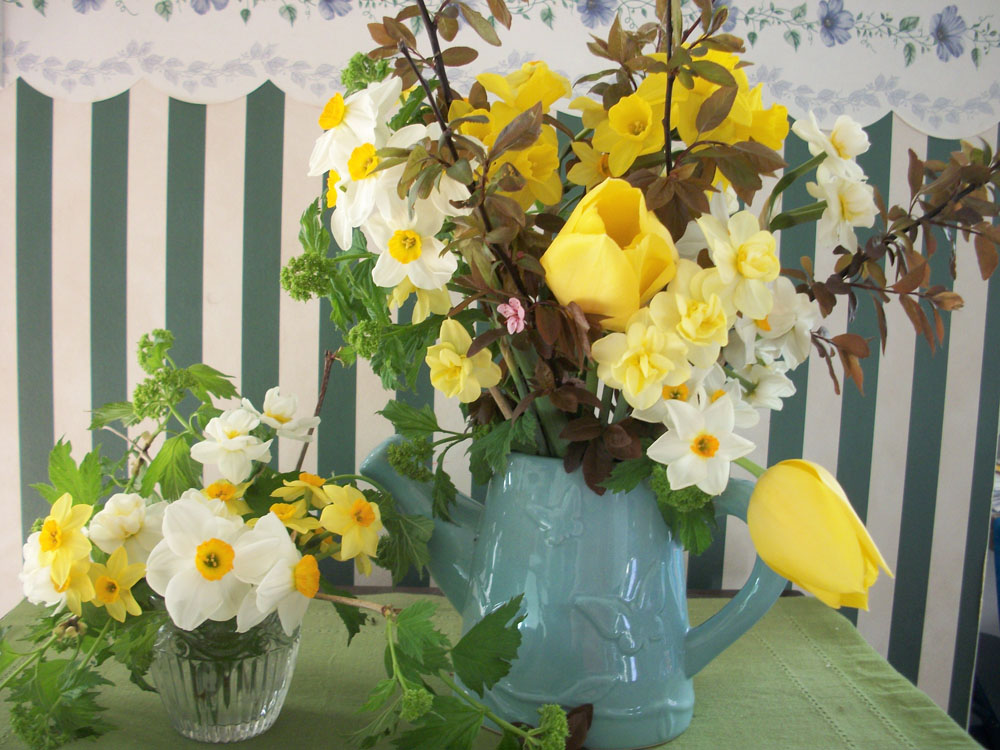Growing Lavender
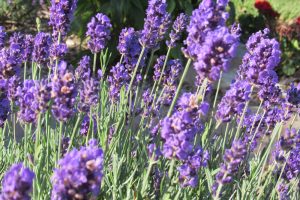
Lavender is an easy care perennial herb which adds beauty and scent to border beds, rock gardens and herb gardens. Its shape and low-growing habit mean it can also be used for edging or to make an informal hedge.
Lavender needs full sun to thrive and will not do well even in partial shade. It requires well-drained soil and prefers soil that is alkaline with a pH of 6.4 to 8.2.
Lavender blooms all summer and flower colors range from violet to pink. The attractive gray-green foliage looks beautiful even late in the year.
Lavender is not native to North America – it comes from the Mediterranean, but it makes a lovely addition to the landscape. Because of its strong scent, lavender is deer resistant. It is also non-aggressive and non-invasive. All plant parts are strongly aromatic and it is considered a semi-evergreen, as its foliage stays green well into winter. Additionally, it attracts pollinators to the garden.
Cornell University recommends shaping and pruning plants after the first bloom. Avoid pruning after late summer until new growth begins in the spring. You can cut back lavender heavily (about six inches) every few years to keep the plants from getting straggly, and remember, lavender is not a long-lived plant, so you should plan on replacing plants about every ten years.
English lavenders are hardy to USDA Zone 5 (-10 to -20 degrees). English cultivars include ‘Munstead’ and ‘Hidcote.’
Although lavender is drought tolerant when established, University of Vermont Extension says the plant will bloom best if not allowed to dry out. Don’t over-fertilize, lavender performs best in lean soils.
Lavender can be used many ways. Flowers are edible and can be used in cooking, but are most often dried for use in potpourri, sachets and crafts. Leaves are distilled for their oils. Lavender oil is considered therapeutic for healing wounds and burns. The scent of lavender is very calming and is said to aid sleep.
Harvest lavender flowers just as they are beginning to open in the morning. This is when they have the highest oil content and scent. Cut the long flower stems and spread on trays or screens to dry in the sun. The stems can also be placed in a warm, dry location with good air movement or hung in bunches upside down. Lavender flowers can be used as toppings for desserts and ice cream or mixed with chocolate.
On the savory side, lavender can be used with thyme on roasted chicken or in honey mustard dressings.
Finally, lavender grows well in pots. This allows you to move the plants easily around the landscape to where their scent can be most appreciated. Potting also allows you bring the plants inside during the winter, providing extra protection from frigid temperatures.
